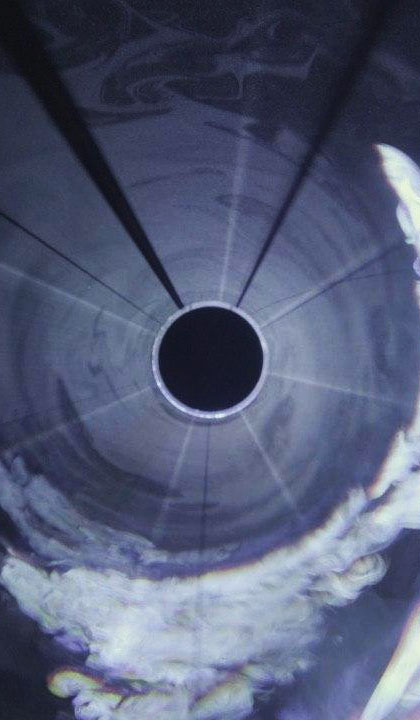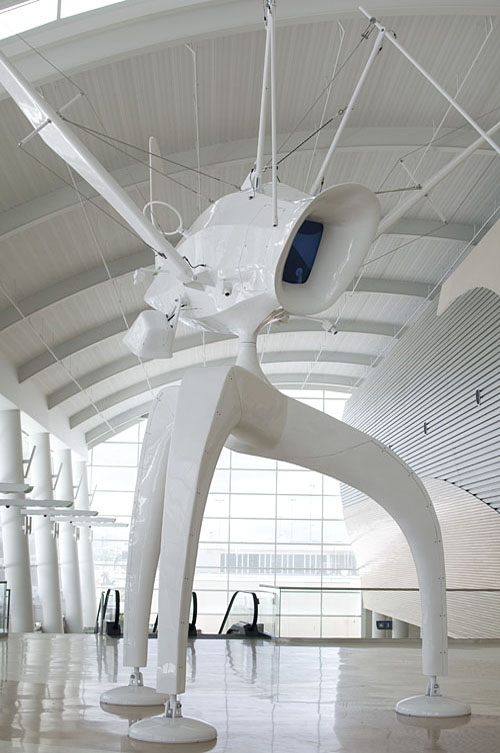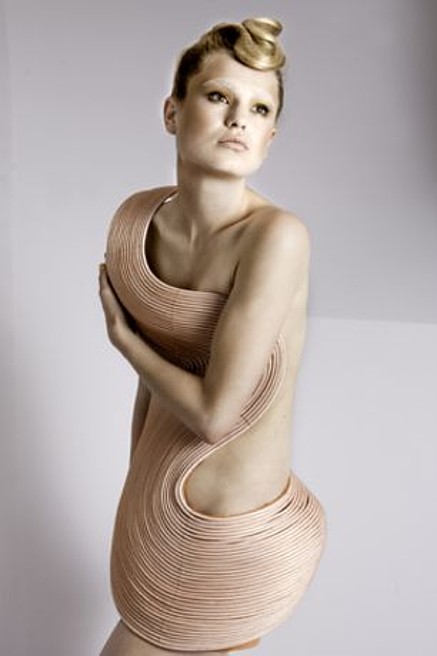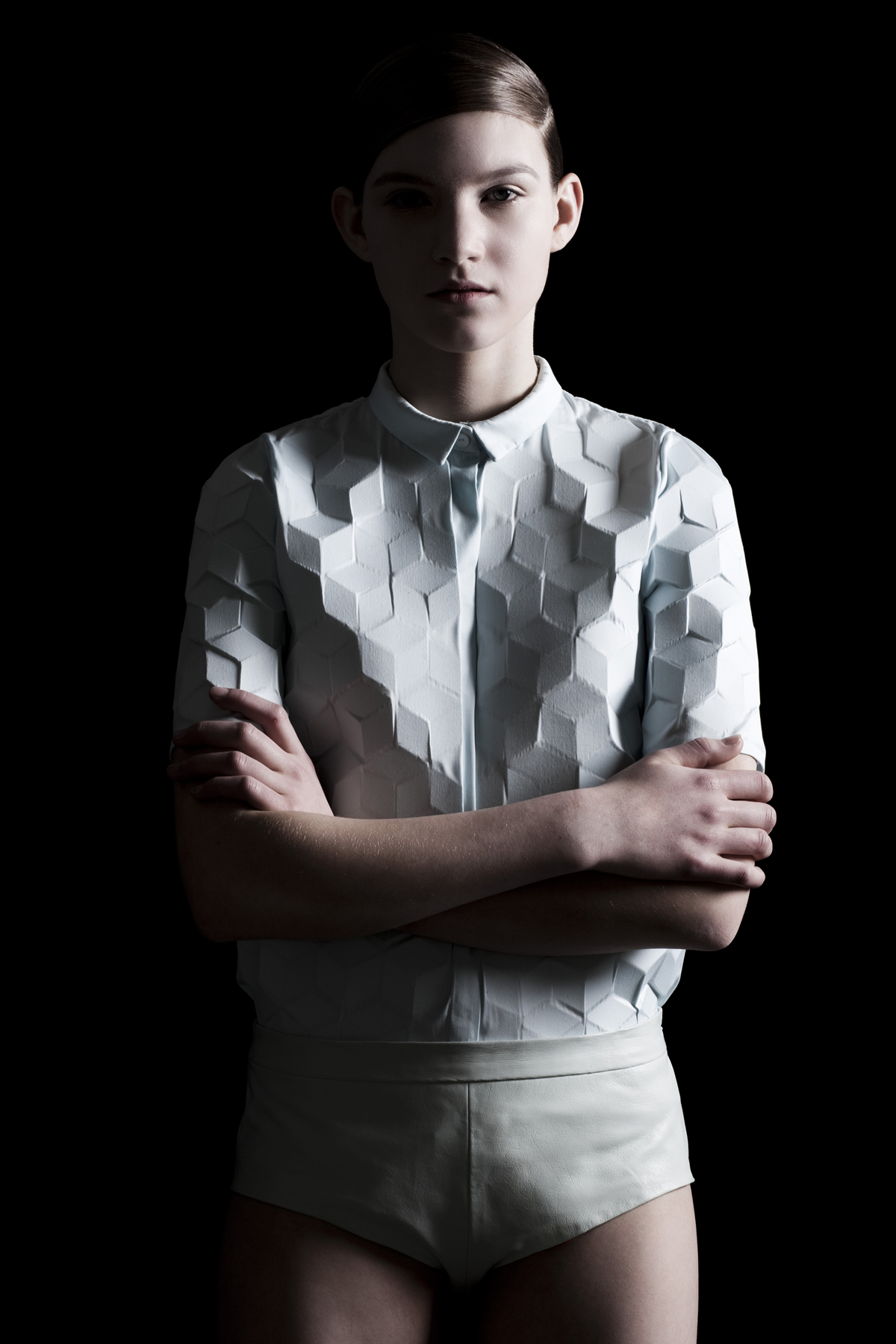
SETUP
Tube
S E T U P is a stage design and lighting design international studio founded by Znamensky Dmitry, Novikov Stepan and Zmunchila Pavel. The studio works in the field between contemporary art, lighting design and programming with a mission to explore the expressive opportunities provided by new digital technologies. S E T U P aims to create installations and multimedia works that can sharpen the physical perception of the environment and help explore more possibilities of image manipulation. Our creative product is high-tech multimedia work, concepts and laser installations. Our studio is open for experiments and is ready to cooperate with various artists to find the right visual interpretations for their work.









